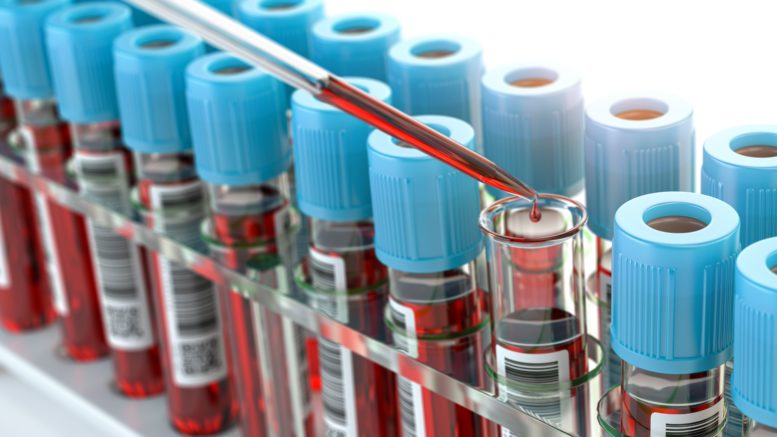The COVID-19 pandemic has had negative consequences on HIV care and prevention programs, including routine HIV screening in healthcare settings. This has serious implications for the Ending the HIV Epidemic plan for the United States. Stanford, et al. (2021) report the results of incorporating phlebotomy for universal HIV screening into COVID-19 testing at The University of Chicago Medicine (UCM) emergency department (ED) for the purpose of maintaining screening volumes.
The researchers reviewed data from the Expanded HIV Testing and Linkage to Care Program, a collaboration between 13 healthcare centers on the south and west sides of Chicago, during the COVID-19 pandemic. Sites include community health centers, community hospitals, and academic hospitals, including five EDs, all of which implemented opt-out HIV screening according to guidelines. Since 2016, sites perform combination HIV antigen-antibody testing and have processes for rapid linkage to care and antiretroviral initiation for patients with acute HIV infection (AHI). The ED at UCM designed a rapid COVID-19 testing area to seamlessly incorporate phlebotomy for HIV screening without any additional personnel. Responsibilities for test review, patient notification, and linkage to care were assigned to the HIV Care Program. Statistical analysis was an interrupted time series Poisson regression comparing the rate of AHI diagnoses per day for the 1461 days prior to January 1, 2020, and the 290 days between January 1 and October 16, 2020. Analyses were completed using SAS, version 9.4 (SAS Institute Inc), and 2-sided P < .05 was considered statistically significant.
Most sites experienced significant reductions in HIV screens during the pandemic, and overall, the program saw a 49% reduction in testing events from January 1 to April 30, 2020. The ED at UCM, however, maintained HIV screening volumes throughout the pandemic and performed 19, 111 HIV screens (14 215 in the ED) between January 1 and October 16, 2020, along with 11,2 242 COVID-19 polymerase chain reaction (PCR) tests (18 830 in the ED). Twelve patients were diagnosed with AHI after the first COVID-19 diagnosis in Cook County on January 24, 2020. The rate of AHI diagnoses per day was significantly higher during the pandemic compared with the prior four years (incidence rate ratio, 2.43; 95% CI, 1.22-4.83; P = .01). Other EDs not incorporating HIV screening into COVID-19 testing saw a 25% decrease in AHI diagnoses (incidence rate ratio, 0.75; 95% CI, 0.26-2.14; P = .59) that was not statistically significant.
Patients with AHI comprised 12 of 46 (26.1%) new diagnoses at UCM, the highest proportion on record. Included were 9 men (6 men who have sex with men, 2 heterosexual, and 1 undisclosed) and 3 cisgender women with a median (range) age of 25 (21-28) years. The median (range) viral load was 6 million (115 000 to >6 million) copies/mL. Eleven of 12 patients presented with symptoms consistent with COVID-19. One patient had COVID-19 infection and AHI. All were linked and initiated antiretroviral therapy by a median (range) of 1 (0-38) day from the time of PCR result but 3 (1-41) days from sample collection owing to delays in reflex PCR confirmatory testing, a result of high demands on laboratory personnel and scarcity of supplies (eg, amplification and testing trays) owing to COVID-19 testing volumes.
Reference: Stanford KA, et al. Incorporating HIV Screening With COVID-19 Testing in an Urban Emergency Department During the Pandemic. JAMA Intern Med. Published online April 12, 2021. doi:10.1001/jamainternmed.2021.0839

Be the first to comment on "Incorporating HIV Screening With COVID-19 Testing in an Urban Emergency Department During the Pandemic"